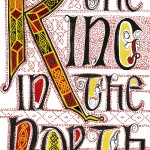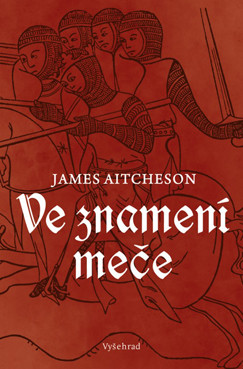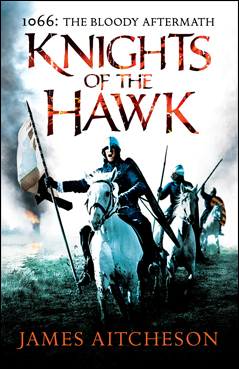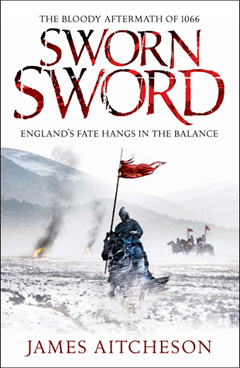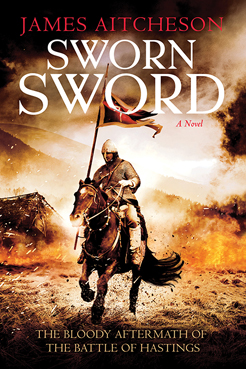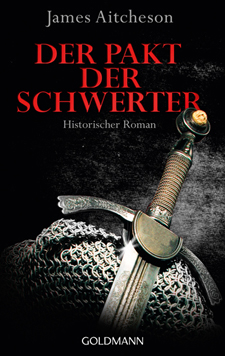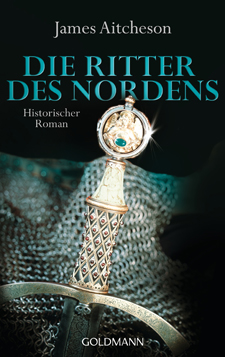A prince-in-exile makes his triumphant return from obscurity, slaying the tyrant who was ravaging his homeland and reclaiming the throne that, half a lifetime earlier, was stolen from him, before establishing himself as one of the pre-eminent kings of his age and ushering in a golden age for his people. The story of King Oswald of Northumbria (reigned 634-42) is a remarkable one – indeed the stuff of legend – and yet nowadays his achievements have largely been forgotten by most except Anglo-Saxon specialists.
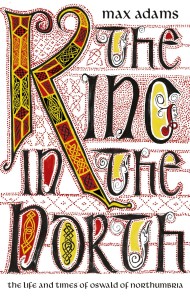
The King in the North
Max Adams • 448 pp. • Head of Zeus
Hardback • £25.00
In keeping with the book’s subtitle, “the life and times of Oswald of Northumbria”, Adams does not examine his subject’s career in isolation, but also explores the array of societies and cultures – religious and secular – that inhabited seventh-century Britain, and so places his reign in its historical context. While Oswald, his achievements and his afterlife as the focus of a saintly cult form the backbone of the book, a significant amount of attention is given also to the career of his predecessor Edwin (616-32) as well as to the long reign of his successor, his brother Oswiu (642-70). Indeed The King in the North is less a biography of a single man than it is a study of a dynasty, and of the leading role played by Northumbria in the politics, religion and culture of seventh-century Britain. This was a land divided: a land of seemingly perpetual conflict between rival families, Anglo-Saxons and Britons, new and old customs, pagans and Christians, and even between different branches of the Church: the Irish, the British and the Roman traditions.
Oswald’s reign as king was relatively short – only eight years – and yet his impact in that time was decisive in forging the Northumbrian kingdom. After ousting a Welsh army from his ancestral homelands in order to claim his crown, he proceeded first to unite the ancient provinces of Bernicia and Deira under one rule and, later, to win a great victory over a coalition of forces drawn from the southern Anglo-Saxon kingdoms, which in the following century led the historian Bede to assert that he had “brought under his dominion all the nations and provinces of Britain.”
Exactly how much can and should be read into these words isn’t clear. It would perhaps have been useful to have seen a deeper interrogation of Bede’s statement, which Adams accepts at more or less face value. There’s no doubt that both Oswald and Oswiu were among the most powerful rulers of their age, and widely respected throughout these isles. What’s more questionable is the extent to which they can be justifiably said to have been overlords over all the kingdoms of Britain, south as well as north of the Humber. What might this overlordship have entailed? How might it have been achieved and exercised in practice? What was the exact extent of their authority, and was it was uniform throughout the territories that lay beyond their kingdom’s borders? Given that their power base was centred upon Bamburgh, it is hard to imagine how they could have exercised much influence over Wessex or Kent, for example.
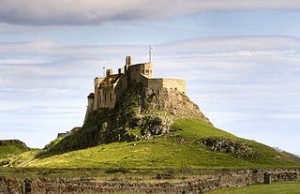
Lindisfarne Castle on Holy Island. The castle was built in 1550, re-using stone from the Norman priory. (Photo credit: Matthew Hunt. Reproduced under the Creative Commons Attribution 2.0 Generic licence.)
Around these events Adams expertly weaves his account. If the title of The King in the North is intended as a nod towards George R. R. Martin’s A Song of Ice and Fire series, then the comparison between the world of Oswald and that of Eddard Stark is an apt one. The political landscape of seventh-century Britain was a ruthless and volatile one, in which rival dynasties pursued vicious bloodfeuds and in which fortunes of entire kingdoms could be overtuned at a single sword’s blow. Elaborately constructed networks of alliances and tribute rarely outlived the rulers at their head. Power rested in the hands of the most military successful: those who were able to attract the largest warbands, and who were able to prove their throne-worthiness through victory in battle.
The great triumph of Adams’ study is in bringing all this to life. Impeccably researched, compellingly written and accessible to the general reader as well as to the specialist scholar, The King in the North vividly reconstructs the world that Oswald not only inhabited but also helped to shape.

